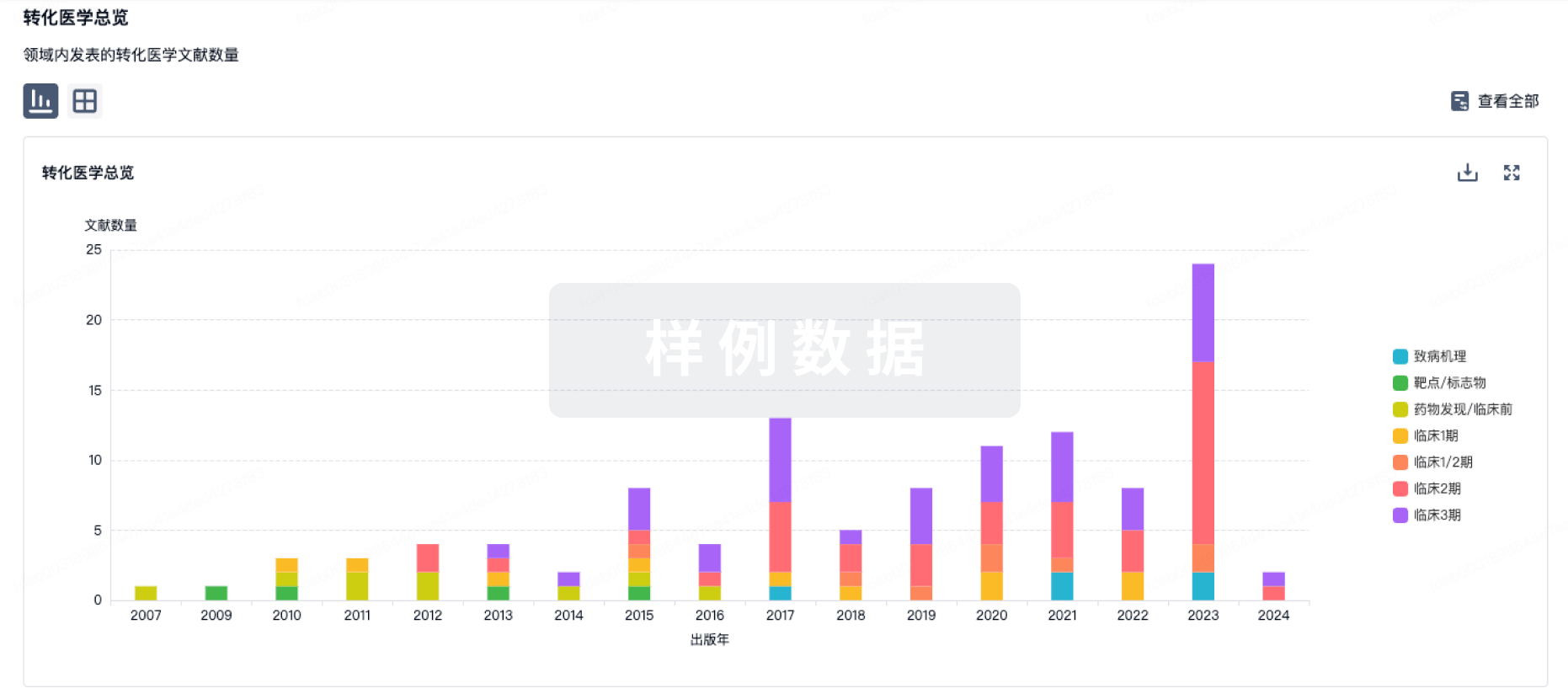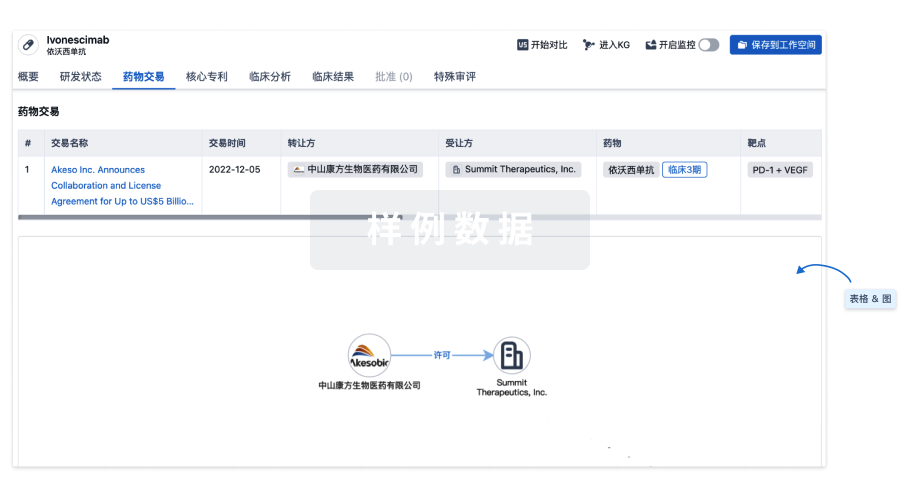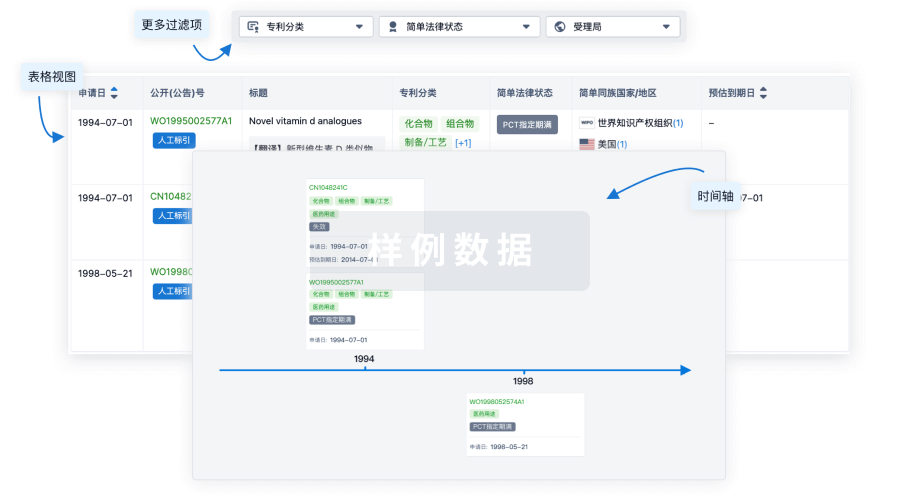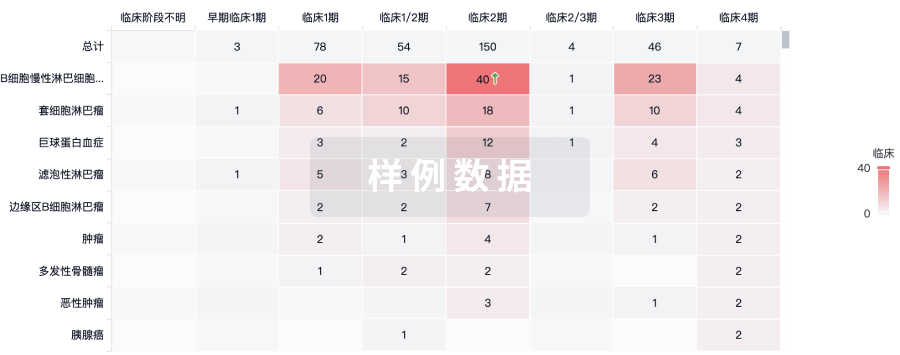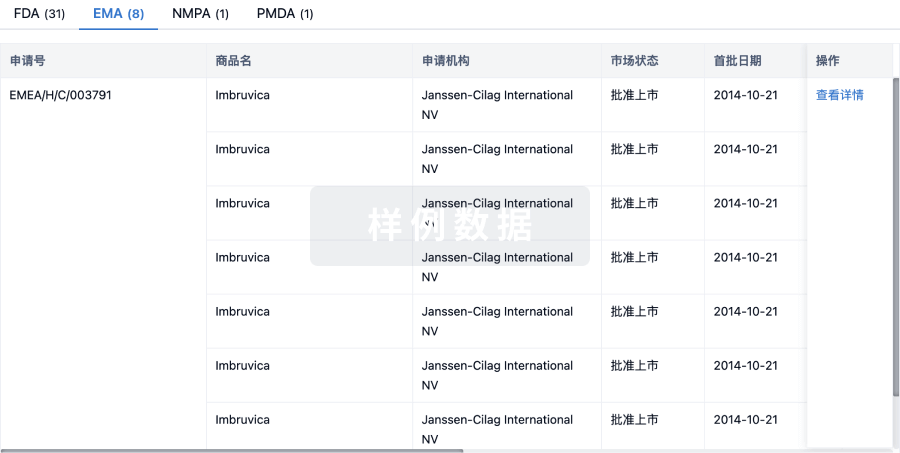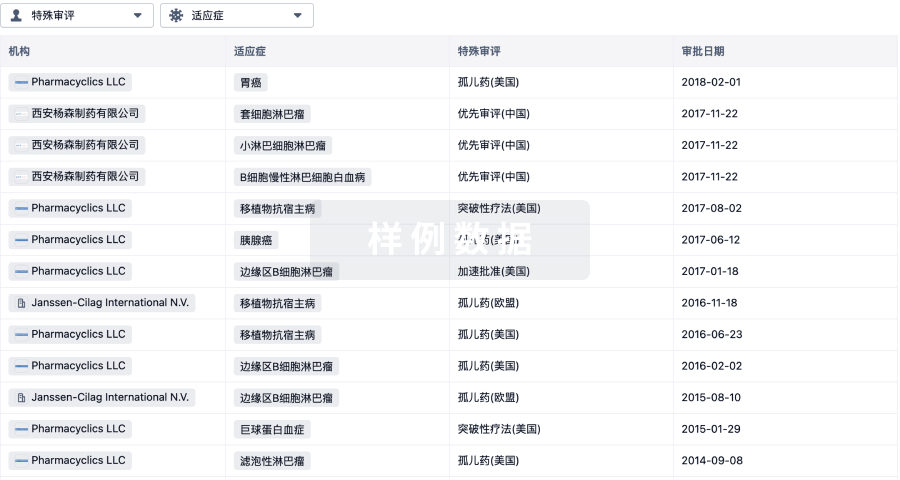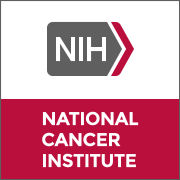2
项与 Autologous anti-gp 100:154-162 T-cell receptor gene-engineered tumor infiltrating lymphocytes(National Cancer Institute) 相关的临床试验Phase II Study of Metastatic Melanoma Using Lymphodepleting Conditioning Followed by Infusion of Anti-gp100:154-162 TCR-Gene Engineered Lymphocytes and ALVAC Virus Immunization
Background:
* gp100 is a protein that is often found in melanoma tumors.
* An experimental procedure developed for treating patients with melanoma uses anti-gp100 cells designed to destroy their tumors. The anti-gp100 cells are created in the laboratory using the patient's own tumor cells or blood cells.
* The treatment procedure also uses a vaccine called plaque purified canarypox vector (ALVAC) gp100, made from a virus that ordinarily infects canaries and is modified to carry a copy of the gp100 gene. The virus cannot reproduce in mammals, so it cannot cause disease in humans. When the vaccine is injected into a patient, it stimulates cells in the immune system that may increase the efficiency of the anti gp 100 cells.
Objectives:
-To evaluate the safety and effectiveness of anti-gp100 cells and the ALVAC gp100 vaccine in treating patients with advanced melanoma.
Eligibility:
-Patients with metastatic melanoma for whom standard treatments have not been effective.
Design:
* Patients undergo scans, x-rays and other tests and leukapheresis to obtain white cells for laboratory treatment.
* Patients have 7 days of chemotherapy to prepare the immune system for receiving the gp100 cells.
* Patients receive the ALVAC vaccine, anti-gp100 cells and interleukin-2 (IL-2) (an approved treatment for advanced melanoma). The anti gp100 cells are given as an infusion through a vein. The vaccine is given as injections just before the infusion of gp100 cells and again 2 weeks later. IL-2 is given as a 15-minute infusion every 8 hours for up to 5 days after the cell infusion for a maximum of 15 doses.
* After hospital discharge, patients return to the clinic for periodic follow-up with a physical examination, review of treatment side effects, laboratory tests and scans every 1 to 6 months.
Phase II Study of Metastatic Melanoma Using Lymphodepleting Conditioning Followed by Infusion of Anti-gp100:154-162 TCR-Gene Engineered Lymphocytes
Background:
* Human peripheral blood lymphocytes have been engineered to express a T-cell receptor (TCR) that recognizes a blood type, human leukocyte antigen (HLA-A*0201) derived from the gp100 protein. A retroviral vector was constructed that can deliver the TCR to cells.
* This gene-engineered cell is over 10 times more reactive with melanoma cells than is the melanoma antigen recognized by T-cells (MART-1) TCR that resulted in tumor shrinkage for two patients with metastatic melanoma.
Objectives:
* To determine whether an anti-melanoma protein receptor can be put in cells removed from patients' tumors or blood and then reinfused, with the purpose of shrinking tumors.
* To evaluate safety and effectiveness of the treatment.
Eligibility:
* Patients 18 years of age or older with metastatic cancer melanoma (cancer that has spread beyond the original site).
* Patient's leukocyte antigen type is HLA-A*0201.
Design:
-Patients undergo the following procedures:
* Leukapheresis (on two occasions). This is a method of collecting large numbers of white blood cells. The cells obtained in the first leukapheresis procedure are grown in the laboratory, and the anti-gp100 protein is inserted into the cells using an inactivated (harmless) virus in a process called retroviral transduction. Cells collected in the second leukapheresis procedure are used to evaluate the effectiveness of the study treatment.
* Chemotherapy. Patients are given chemotherapy through a vein (intravenously, IV) over 1 hour for 2 days to suppress the immune system so that the patient's immune cells do not interfere with the treatment.
* Treatment with anti-gp100. Patients receive an IV infusion of the treated cells containing anti-gp100 protein, followed by infusions of a drug called IL-2 (aldesleukin), which helps boost the effectiveness of the treated white cells.
* Patients are given support medications to prevent complications such as infections.
* Patients may undergo a tumor biopsy (removal of a small piece of tumor tissue).
* Patients are evaluated with laboratory tests and imaging tests, such as CT scans, 4 to 6 weeks after treatment and then once a month for 3 to 4 months to determine the response to treatment.
* Patients have blood tests at 3, 6, and 12 months and then annually for 5 years.
100 项与 Autologous anti-gp 100:154-162 T-cell receptor gene-engineered tumor infiltrating lymphocytes(National Cancer Institute) 相关的临床结果
100 项与 Autologous anti-gp 100:154-162 T-cell receptor gene-engineered tumor infiltrating lymphocytes(National Cancer Institute) 相关的转化医学
100 项与 Autologous anti-gp 100:154-162 T-cell receptor gene-engineered tumor infiltrating lymphocytes(National Cancer Institute) 相关的专利(医药)
100 项与 Autologous anti-gp 100:154-162 T-cell receptor gene-engineered tumor infiltrating lymphocytes(National Cancer Institute) 相关的药物交易
